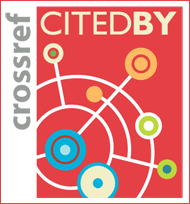ISSN : 2233-6710(Print)
ISSN : 2384-2121(Online)
ISSN : 2384-2121(Online)
Journal of Asia Pacific Counseling Vol.3 No.2 pp.113-130
DOI : https://doi.org/10.18401/2013.3.2.1
DOI : https://doi.org/10.18401/2013.3.2.1
What Are College Students Afraid of Disclosing and to Whom? An Adaptation and Extension of the Self-Disclosure Index
Received April 30, 2013, Revision received July 24, 2013, Accepted August 18, 2013
Abstract
The aim of this pilot study was to explore how students’ perceived risk of self-disclosing varies by different topics andrecipients. The current study adapted the 10 topics of the Self Disclosure Index (SDI; Miller, Berg & Archer, 1983) andmodified the way they were presented. The adapted SDI also extended the original SDI’s two recipients (a same-sex strangerand a same-sex friend) to a total of six (a close family member, a distant family member, a close friend, a distant friend,stranger/acquaintance, and a health professional). One hundred and eighty three American college students responded to anonline survey containing demographic questions, the adapted SDI and the original SDI. Data were analyzed using PASW/SPSS18. Statistical tests were run for internal consistency, construct validity, convergent validity, and known-group validity. It wasfound that the adapted SDI was internally consistent and reliable and had a high correlation with the original SDI. Four factorsemerged, and each factor was named Family, Strangers/Acquaintances, Health Professional, and Friends. According to theseresults, level of risk perceived depended more on who a person talked to rather than what a person talked about. Finally, resultsfrom MANOVA and the t-test showed a trend with risk and gender, which is consistent with previous research findings.Implication for future research for a development of a new scale of self-disclosure risks was discussed.








